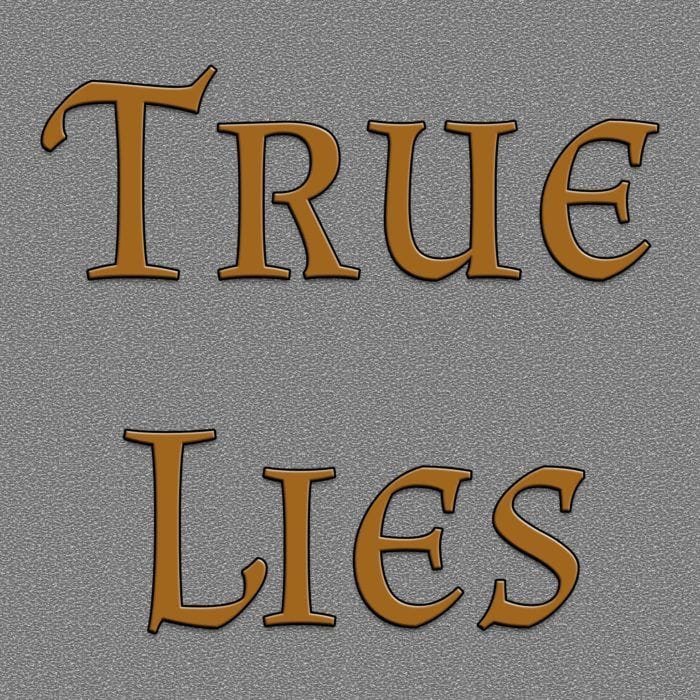
How to Check What You’ve Written
Maggie Norton, Furness
- Can you see the events happening?
- Are there pictures in your mind?
- Is the scene vivid?
- Do the people seem alive?
- Is there enough description or too much?
- Could any other character speak a particular line of dialogue, or do you feel its length, vocabulary & attitude belong only to that character? (That’s what you aim for.)
- Can you share the character’s feelings throughout the passage?
- Does the internal dialogue show the emotional life of the narrator? (The within that makes him/her special.)
- Are the relationships between speakers clear & their attitude to each other, through the dialogue, behaviour & details of body language or facial expressions?
- Is there a secret or a mystery that keeps you reading?
- Are your questions finally answered? (all the Who, What, Where, When, Why & How)
- Is the now of the scene consistent & appropriate?
- Is there a point to anecdotes? Should they be cut or explained?
- When reading, did you at any time ask – why are you telling me this?
- Is there a change in direction, a turning point, that is then resolved?
- Has the writer told us anything that could be shown in images & dialogue with strong & active verbs & continuous action?
- Can you a share the experience & feelings with the characters?
- How is any flashback/backstory handled?
- Was there a trigger for it? Do you feel the flashback’s in the right place at the right time?
- What justified & what interrupted it?
- Do you find yourself re-reading a word or passage that you think could be clearer or less clumsy?
- Does it read aloud well?
- Are too many adjectives or adverbs used?
- When might a strong verb be better?
- Does the sequencing of the piece seem chaotic?
- Do you think bridging passages might be required as links?
- Is the piece focussed?
- Is there any material which doesn’t seem appropriate & might be better placed elsewhere?
- Has the writer used simile & metaphor to illuminate your understanding?
- Are the images appropriate?
